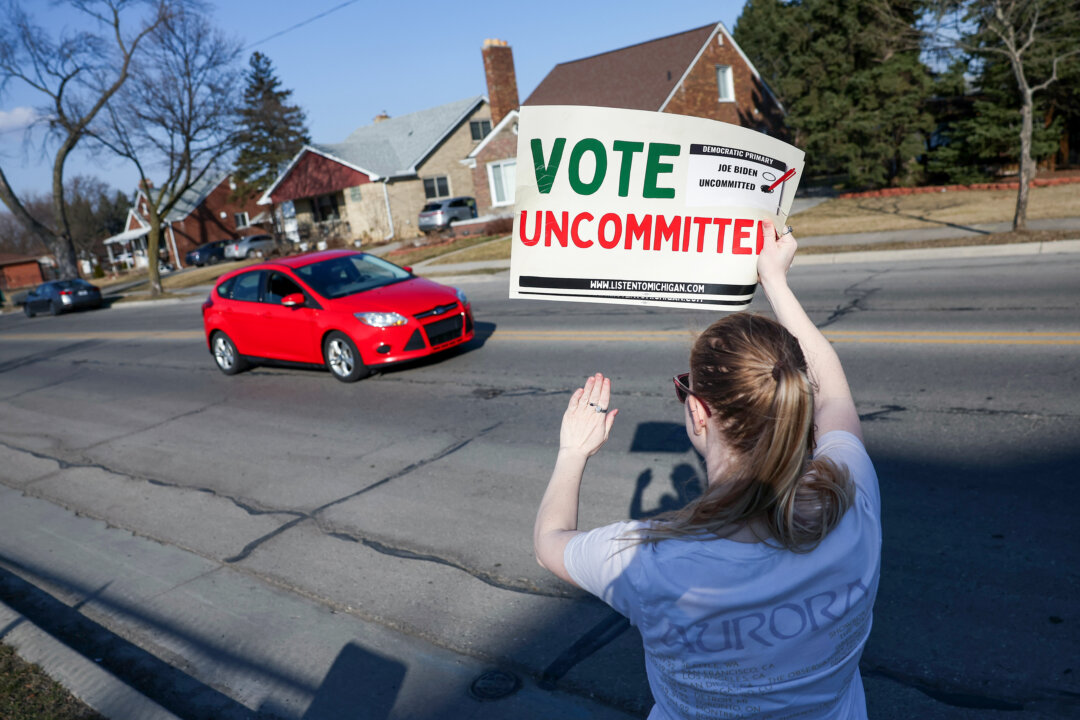
INTERNATIONAL BUSINESS TIMES NEWSLETTER SIGNUP My account Log Out Sep 15, 10:15 PM EDT World U.S. Economy & Markets Companies Technology Digital Life Culture Sports Crypto Opinion NEWSLETTER My account Log Out US Edition World U.
S. Economy & Markets Companies Technology Digital Life Culture Sports Crypto Opinion Listings & More Spotlight Glossary SMB Forum Glossary K-Wave CEO Spotlight Editions Australia Edition India Edition International Edition Singapore Edition United Kingdom United States NEWSLETTER Follow Us Editions Australia Edition India Edition International Edition Singapore Edition United Kingdom United States Business The Stone-eaters That Threaten Iran's Ancient Persepolis By Menna Zaki and Ahmad Parhizi Published 09/15/24 AT 10:15 PM EDT Share on Facebook Share on Twitter Share on LinkedIn Share on Reddit Share on Flipboard Share on Pocket Built in the 6th century BC, Persepolis has withstood destruction, looting, earthquakes, fires and harsh weather AFP Conservationists at Persepolis, Iran's most iconic ancient site, are waging a delicate battle against an unlikely adversary: tiny but persistent lichens eroding the millennia-old monuments. The fight, which began years ago, is aimed at stopping the threat to the integrity of the site's structures and its intricate carvings from lichens, organisms that grow on surfaces like stone and can slowly break them down over time.

Built in the 6th century BC by Darius I, Persepolis has withstood destruction, looting, earthquakes, fires and harsh weather. It remains a source of pride for Iranians and a major tourist destination. "It's an open-air museum reflecting 25 centuries of Middle Eastern life," said Alireza Asgari Chaverdi, director of the site located about 50 kilometres (30 miles) from the southern city of Shiraz.
"It is the foundation of Iran's history, culture and socio-cultural life." A UNESCO World Heritage Site since 1979, Persepolis features colossal sculptures and intricate stone reliefs of ancient Persian kings, nobles and deities. But these have suffered over the years from lichen, a combination of an algae and a fungus.
"This is the most serious problem, especially for carvings on stones," said Shahram Rahbar, a conservationist at the site. "If we do nothing, these organisms could reduce these relics to dust within 50 to 100 years," he said as he treated lichen growth on one slab. Red lichen marks are now etched into many of the ancient relics at Persepolis.
The spread of lichens, which dissolve minerals and penetrate stone surfaces by more than 1.5 centimetres (.6 inches), is driven by industrialisation, acid rain and the harsh desert climate, said lichenologist Mohammad Sohrabi.
"We cover the lichens with a material and, after a week, repeat the process until they weaken enough to be removed with suction devices," said Rahbar. Iran is home to more than 3,000 species of lichens, with 500 to 700 varieties growing on historical monuments, Sohrabi said, noting that some at Persepolis were over 1,700 years old. "Many of Persepolis's intricate motifs have already been lost due to lichen activity," he said.
Beyond Persepolis, other sites in Iran, like the Bisotun inscription in Kermanshah province, have also been affected. Bisotun, another UNESCO World Heritage Site, features a massive carved inscription recounting the conquests of King Darius I and has suffered significant degradation due to lichen growth. At Persepolis, Rahbar and his team work relentlessly to combat the infestation.
"We destroy the lichens using modern techniques like lasers and substances that act like antibiotics," Rahbar said, describing what he called a "painstaking" process. Public concern grew after an official highlighted a lack of funds for preserving Iran's historic sites. Iran's deputy culture minister, Ali Darabi, said the annual budget for restoring each monument was only 130 million rials (about $220), while maintaining all registered historical monuments would require nearly $84 million a year.
As Mohsen, a 41-year-old retiree from Ghazvin, stood before a ruined column of the Apadana palace, he said, "Maintaining this site is more important than our lives." Ghashghaei, an 82-year-old retiree visiting with his family, agreed. For him, the site stands as a poignant reminder that "Iranians created an ancient civilisation," he said.
Persepolis features colossal sculptures and intricate stone reliefs of ancient Persian kings, nobles and deities AFP At Persepolis, conservationists work relentlessly to combat the lichen infestation AFP Public concern in Iran has grown after an official highlighted a lack of funds for preserving historic sites AFP © Copyright AFP 2024. All rights reserved. Join the Discussion MOST READ IN Business 1 US Fed Expected To Announce Its First Interest Rate Cut Since 2020 2 OCC Orders Wells Fargo To Fix Lapses In Money Laundering Controls 3 Hilton Seeking Workers Over 50 To Fill Hundreds Of Vacant Hotel Jobs 4 Brazil Judge Seizes $3 Million From Musk To Pay X Fines 5 Japan Ranks 7-Eleven Owner 'Core' Industry, Complicating Takeover NEWS World U.
S. Economy & Markets Companies Technology Digital Life Culture Sports Opinion Featured Social Capital Glossary SMB Forum Spotlight Crypto CEO Spotlight ABOUT About Us Contact us Advertise with us Terms & Conditions Privacy Policy Cookie Policy Editions United States Australia Brazil Colombia France Germany Indonesia India International Italy Editions Japan Nigeria Singapore South Africa South Korea Spain Mexico United Kingdom FOLLOW US Facebook Twitter LinkedIn Newsletter © Copyright 2024 IBTimes LLC. All Rights Reserved.
.














